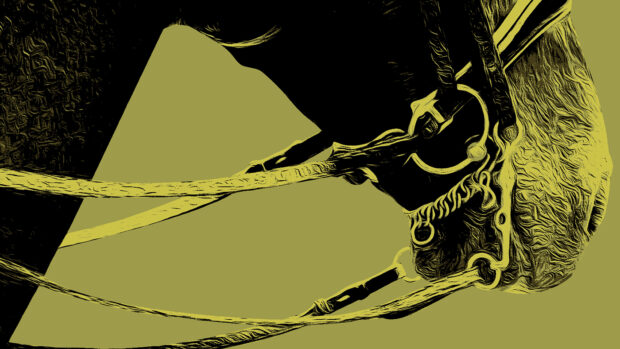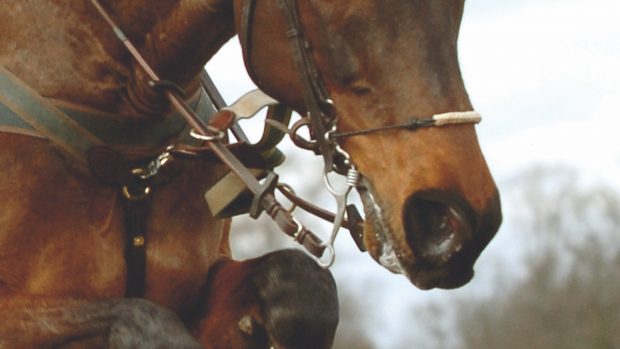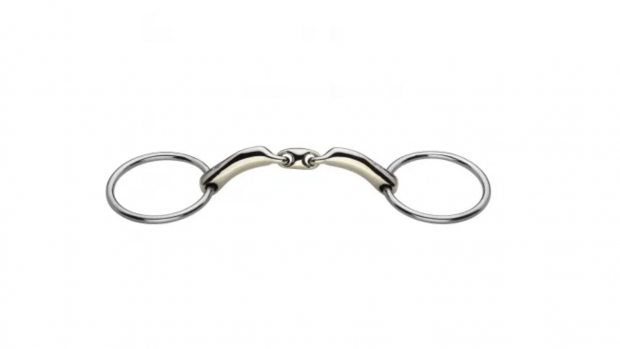What is a spinner mouthpiece?
It’s two metal “discs” attached to the centre of the mouthpiece (see image), and comes in a range of different bits.
“This type of bit stops horses balling their tongue up and getting it over the bit,” explains Martyn Welsh of Equiport. “The spinner mouthpiece should make the horse more relaxed in the mouth and encourage it to go forward into the bridle, rather than ducking behind the bit.”
Who uses it?
Essex-based show jumper Jo Pay uses spinner mouthpiece bits on her rides Ballinar, Randi’s Gold and Camiro Z. She first used one when Peter Charles gave her a spinner mouthpiece pelham to try.
“I love these bits, as they discourage horses from moving their tongue,” says Jo. “Because the spinner discs move with the tongue, horses who previously threw their head up or dropped it on to their chest to get their tongue over the bit, soon accepted that they could no longer do this.”
Other riders who have used spinner mouthpiece bits include Pennie Cornish, Ryan Prater and Robert Smith.
What sort of horses does it suit?
Jo has several variations of the bit, depending which horse she is riding.
“I find the bit useful for horses with a huge canter, as I’m able to shorten the stride without them cheating by balling their tongue to avoid the bit action,” she says.
“I have a pelham, an English gag, a Fulmer and an eggbutt snaffle with a copper spinner — which is particularly good for young horses, as it encourages them to mouth.”
Where can I buy one?
Prices of this type of bit start at £85. Contact Equiport (tel: 01606 351685) or visit www.equiport.co.uk



